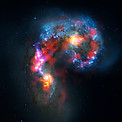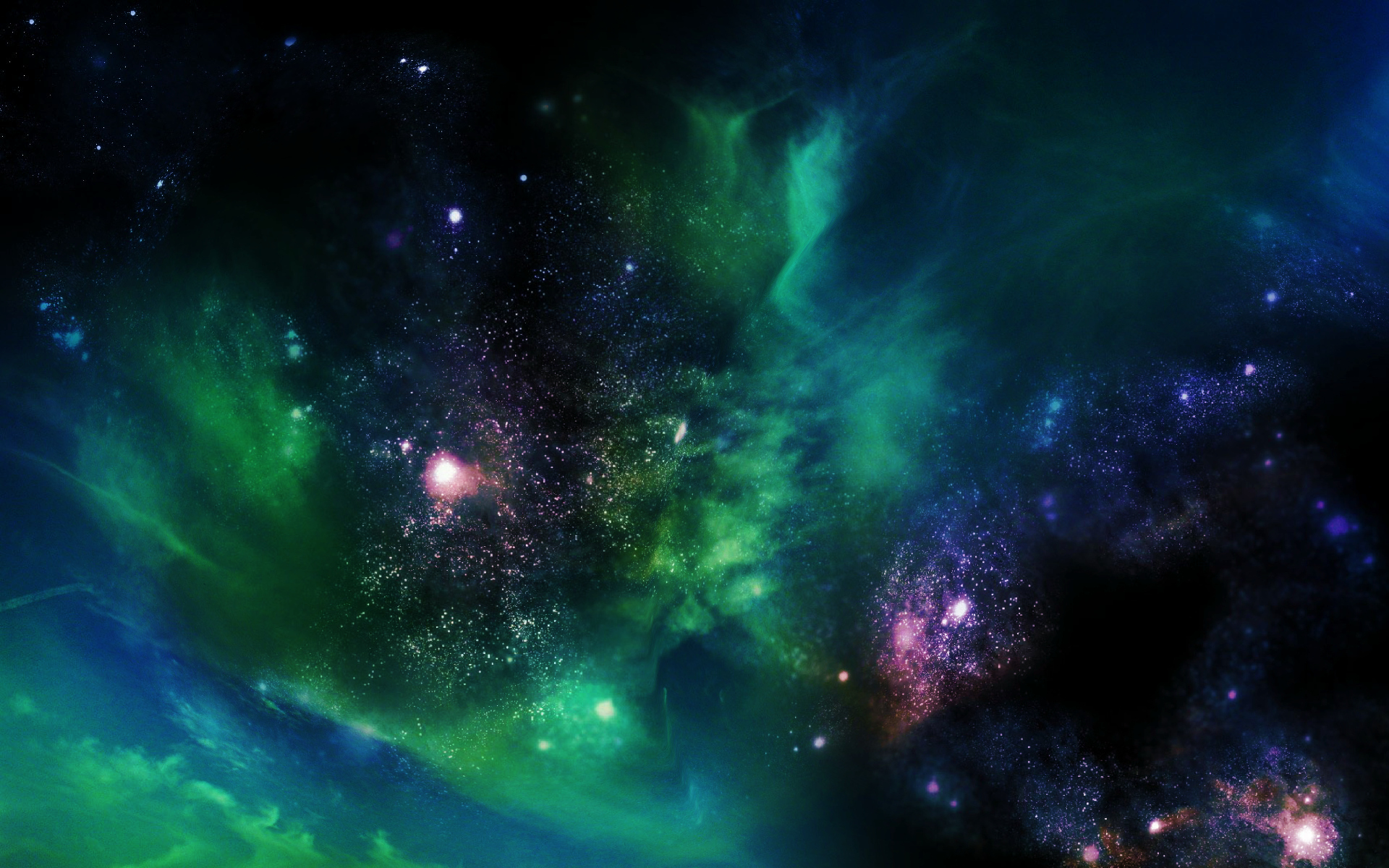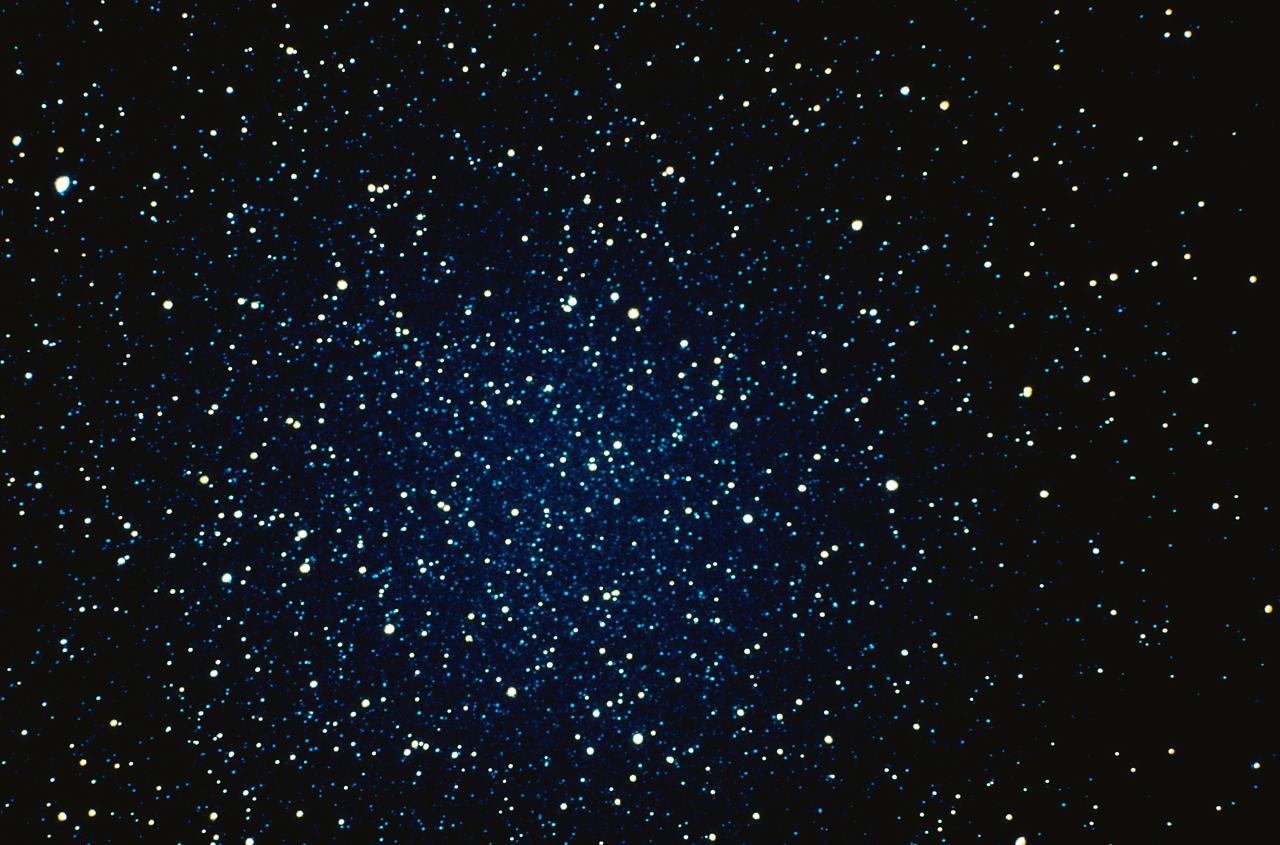
Humanity's most complex ground-based astronomy observatory, the Atacama Large Millimeter/submillimeter Array (ALMA), has officially opened for astronomers. The first released image, from a telescope still under construction, reveals a view of the Universe that cannot be seen at all by visible-light and infrared telescopes. Thousands of scientists from around the world have competed to be among the first few researchers to explore some of the darkest, coldest, furthest, and most hidden secrets of the cosmos with this new astronomical tool.

Photo: Flickr, CC Take a Step Back and Look As we near the moment when our planet officially hosts 7 billion people (of course this is just a statistical guess - nobody's sure precisely how many humans are on Earth), we need to take some time to think

The idea is such a simple one: rotate solar panels to follow the sun throughout the day so they capture the most of the sun's energy as possible. Solar power tracking systems have been around for some time, but a 19-year-old

A new type of nonvolatile computer memory that could be faster than the existing commercial memory and use far less power than flash memory devices is being

Scientists at the Center for Nanotechnology at NASA Ames Research Center have developed a new flexible memory fabric woven together from interlocking

China in testing its first space laboratory module, the Tiangong-1, at the end of this week. The module will conduct docking experiments after entering

Researchers at the Kavli Institute of Nanoscience at TU Delft in the Netherlands have demonstrated that electrons can move freely in layers of linked

The Bolshoi supercomputer simulation, announced Thursday, is the most accurate and detailed large cosmological simulation run to date, giving physicists and

The "fifth planet" is a hypothesized giant world that was flung out of our solar system 4 billion years ago.

Spanish researchers have designed what they believe to be a new type of magnetic cloak, which shields objects from external magnetic fields, while at the same time preventing any magnetic internal fields from leaking outside, making the cloak undetectable.

It currently takes 90 minutes to transmit high-resolution images from Mars, but NASA would like to dramatically reduce that time to just minutes. A new optical communications system that NASA plans to demonstrate in 2016 will lead the way and even allow the streaming of high-definition video from distances beyond the Moon.

(PhysOrg.com) -- “We know that about 25% of the matter in the universe is dark matter, but we don’t know what it is,” Michael Kesden tells PhysOrg.com. “There are a number of different theories about what dark matter could be, but we think one alternative might be very small primordial black holes.”

By successfully confining atoms of antihydrogen for an unprecedented 1,000 seconds, an international team of researchers called the ALPHA Collaboration has taken a step towards resolving one of the grand challenges of modern physics: explaining why the Universe is made almost entirely of matter, when matter and antimatter are symmetric, with identical mass, spin and other properties. The achievement is remarkable because antimatter instantly disappears on contact with regular matter such that confining antimatter requires the use of exotic technology.

University of Washington scientists have just crossed another major threshold between humans and machines: they